What is a Libero in Volleyball? Guide to Position’s Dynamics
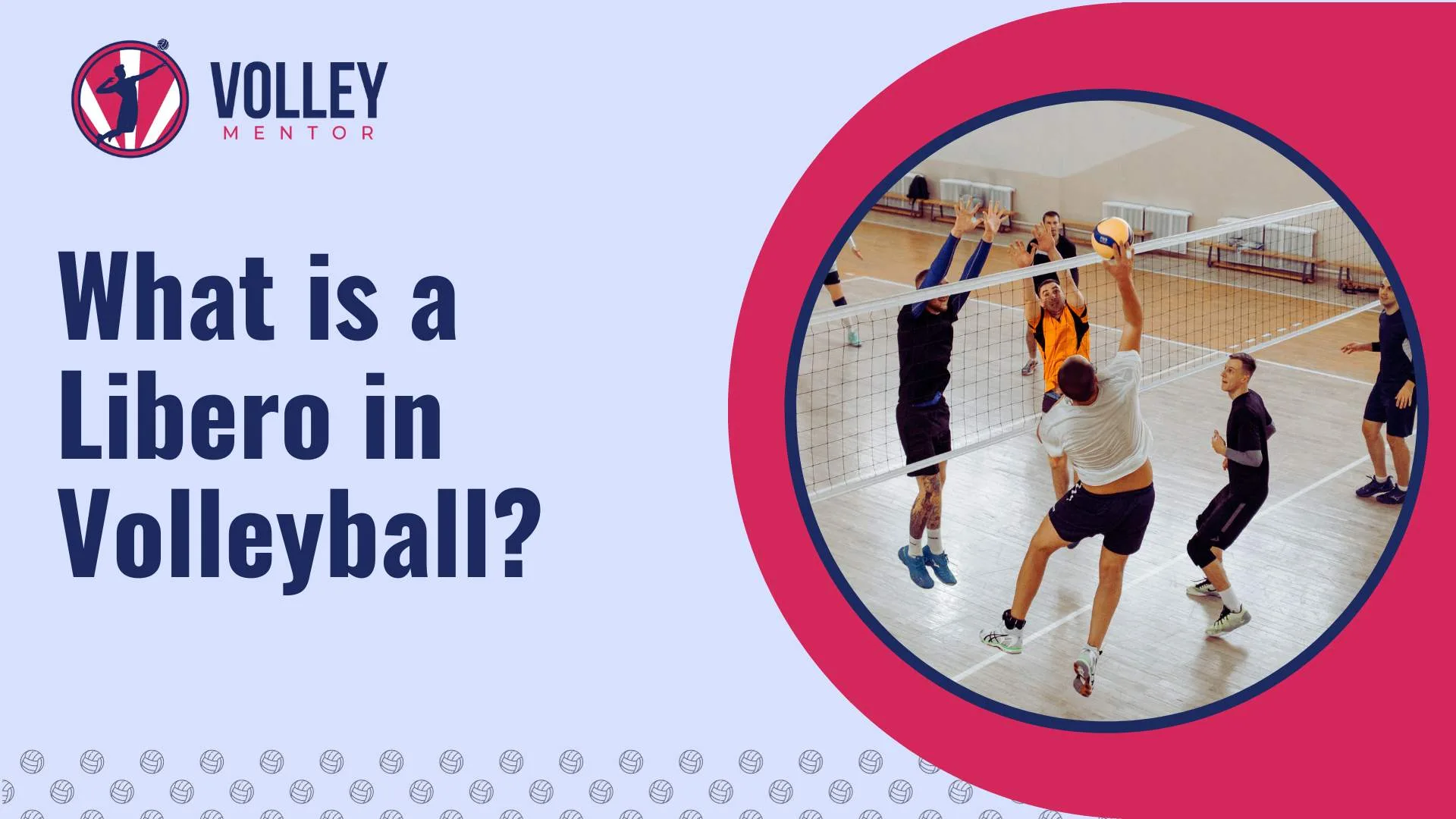
Picture a volleyball match where, just as the ball nearly hits the ground, a player in a uniquely colored jersey leaps and makes a stunning save.
This is the libero, volleyball’s agile defender, known for his swift defensive plays and strategic moves.

He holds a crucial yet optional role in the team.
Key Takeaway: The libero in volleyball is a specialized defensive player crucial for backcourt plays like digging and passing. He wears a different-colored jersey and enhances team defense with unique substitution rules.
In this guide, I will cover everything about the libero’s position in volleyball.
We will start with the origin of this role, the right way to say “libero,” and then go into what makes their role on the court special.
I will also share insights for those aiming to become top-notch liberos and demonstrate the rules that set them apart from other team members.
What is a Libero in Volleyball?
The libero is a unique and vital volleyball team member, mainly focusing on defense.
Unlike other players, the libero stays mainly in the back of the court and doesn’t go to the front to spike or serve.
One of their unique abilities is quickly swapping places with other back-row players during the game, a freedom other players don’t have.
You can easily spot the Liberos because they wear jerseys that are a different color from those of the rest of their team.
When the situation demands, the libero often makes challenging dives, like the ‘pancake‘ technique, to save difficult shots and avoid shanks.
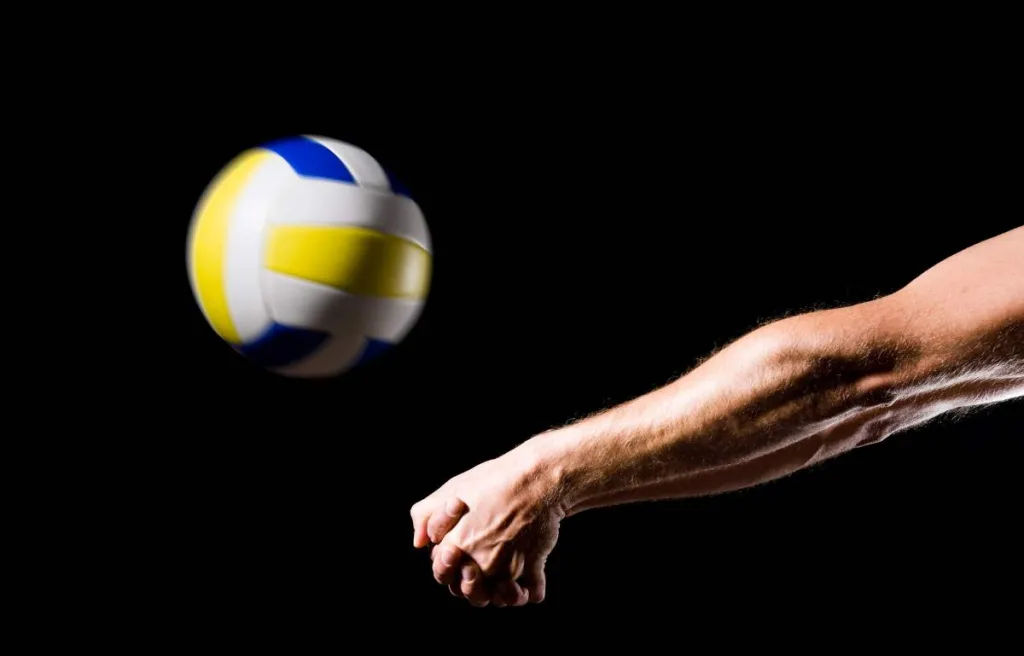
A key aspect distinguishing the libero from a defensive specialist (DS) is their particular rules.
Unlike a DS, they can’t serve, spike from the front row, or block shots at the net.
Also, the libero can switch in and out of the game more freely than a DS without counting towards the team’s limited number of substitutions.
I will discuss the libero rules in detail later in this guide.
1) Origin of the Libero
The international volleyball community introduced the role of libero in the late 1990s.
The purpose was to make volleyball games more exciting and to strengthen team defenses.
Before the libero, the team often struggled to defend against powerful attacks and aces.
After the introduction of this role, there was a dynamic shift in the game.
It made volleyball not just a game of power but a display of strategy as well.
2) How to Pronounce Libero in Volleyball?
The word ‘libero’ might look unfamiliar initially, but it’s pretty straightforward to pronounce.
The correct pronunciation is “Li-br-ow,” which comes from the Italian word ‘libero,’ meaning ‘free.’
Just like the meaning of it, the libero in volleyball has the freedom to move and substitute in the back row.
What Does a Libero Do in Volleyball?
In volleyball, a libero plays a critical role in the team, mainly focusing on defense.
They are specialists in saving difficult shots and setting up plays with accurate passes.
In the above sections, I have already discussed the libero meaning in volleyball, their origin, and the correct pronunciation.
Next, let’s look at what a libero does during a game and elaborate on their responsibilities on the court.
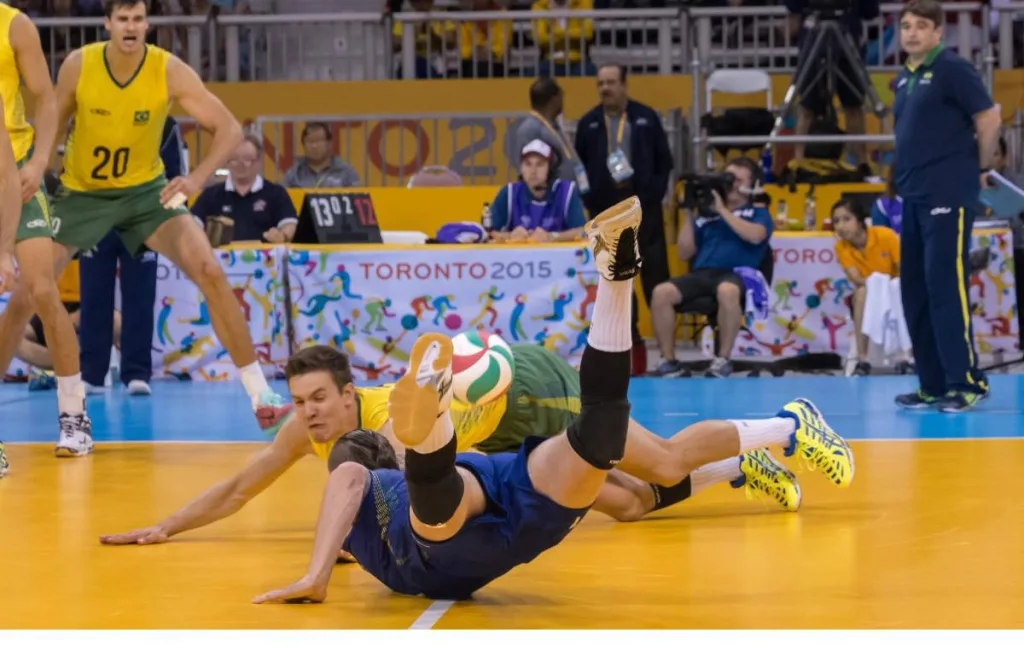
How To Be a Better Libero?
If you plan to become a libero, remember that you need a blend of specific skills with essential character traits.
Here’s an in-depth look at the qualities that can skyrocket your performance on the court:
1) Agility and Tactical Speed
A good libero is similar to a swift cheetah on the hunt.
He is fast on his feet and intelligent with his movements, always ready to spring into action.
Now, imagine that a powerful spike is heading towards the back corner of the court.
The libero is the superhero who will dive across the floor with quick reflexes and strategic thinking, making an impossible save.
If you want to achieve this level of speed and agility, you must focus on drills that improve your agility and decision-making under pressure.
2) Ball Mastery
The libero’s job is to manage the ball with precision, whether executing a challenging dig to address a tip or making a crucial pass.
To help you understand it more clearly, I again want you to think of a situation.
Picture a high-intensity moment in a volleyball game where the ball comes like a bullet from an opponent’s powerful spike.
In this critical situation, the libero’s role becomes extremely important.
Remaining calm and focused, they position themselves in the ideal spot.
Now, with super precision, the libero executes a flawless dig and skillfully directs the ball to the setter.
Eventually, it transforms that defensive move into an opportunity for attack.
So, to become an exceptional libero, you must also practice with various ball-handling exercises and real-game scenarios.
3) Leadership and Communication
A libero emerges as a leader on the court because he motivates and leads them from the front, ensuring everyone is aligned and focused.
When the libero develops this leadership trait, it enhances his verbal communication skills and builds strong relationships with other team players.
To improve this skill, actively guide your teammates during practice matches.
It will boost your confidence and sharpen the clarity of your communication on the court.
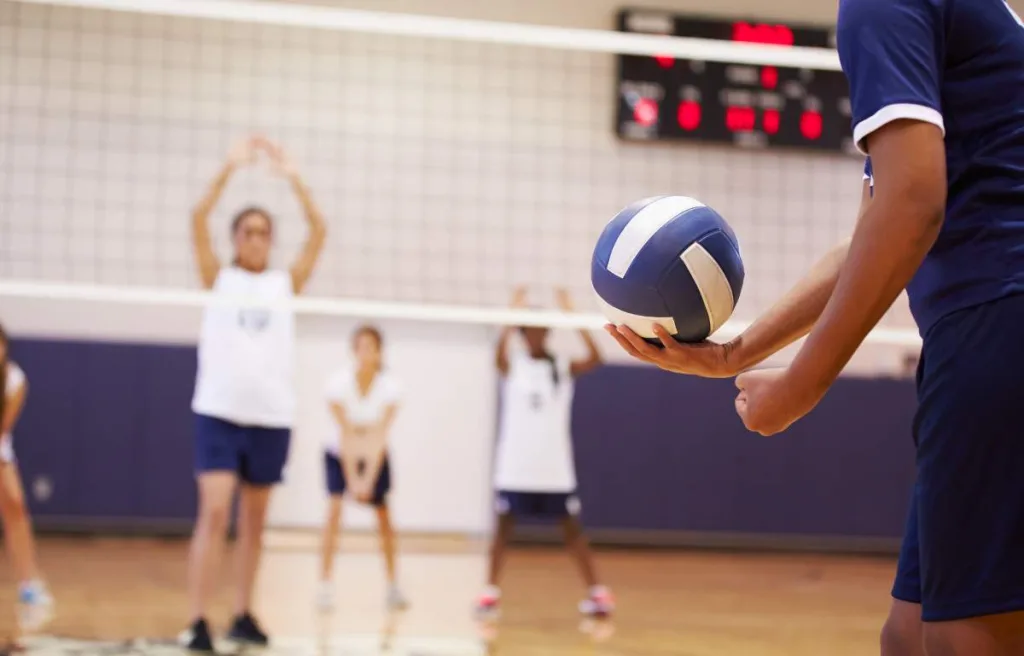
4) Dedication
Dedication and resilience are the heart and soul of a libero.
His job is to push through when things get tough.
Sometimes, in a volleyball match, nothing seems to be going right.
At that point, the libero keeps diving for every ball, never showing signs of giving up.
This resilience comes from a deep dedication and a commitment to self-improvement.
5) Strategic Insight
I call the libero a master chess player but on the volleyball court.
The reason is their ability to read the game and anticipate the opponent’s actions.
You may have noticed in a volleyball match how a skilled libero recognizes a pattern in the opponent’s serves.
He then repositions himself accordingly, better managing these serves and showcasing his keen court awareness.
Developing such insight involves studying the game extensively and understanding different playing styles.
Key Tips for Libero Players
If you are a libero or trying to become one, I have compiled a list of practical tips and tricks for you.
These points would help you excel at this position.
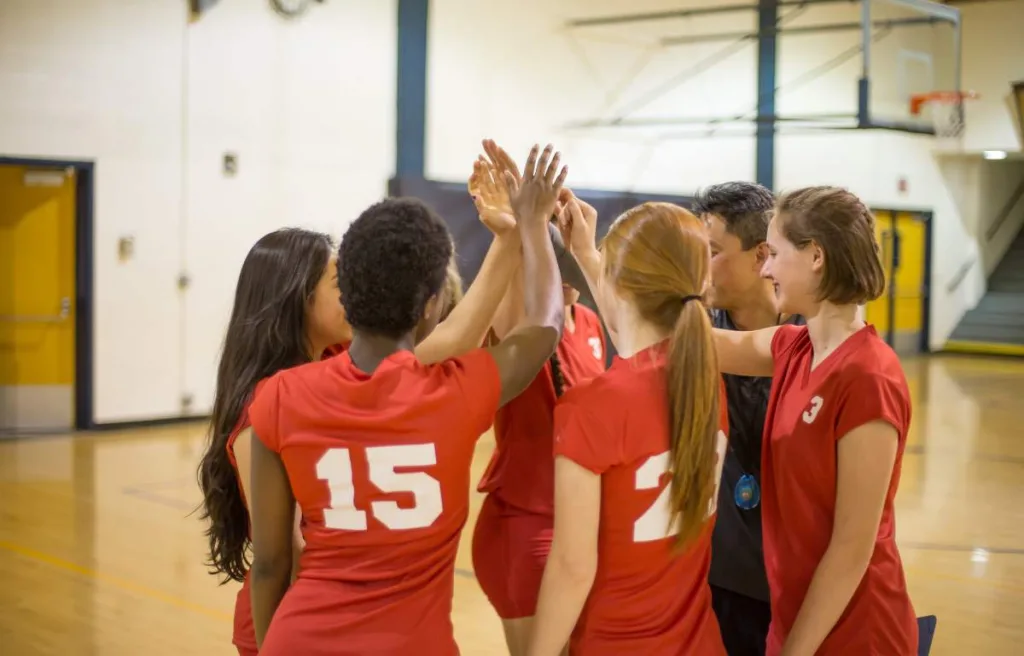
Understanding the Libero Rules in Volleyball
The libero position in volleyball involves specific roles that define its role on the court.
Sticking to these rules is crucial, as failure to do so can result in volleyball violations and potentially penalty cards.
Here’s a breakdown of these rules:
1) Distinctive Uniform
You can quickly identify a libero in a volleyball match because of his different colored jersey from his teammates.
This distinctive uniform is crucial for the quick identification of libero during quick plays.
Now, imagine a scenario of a match where quick substitution is required.
That unique jersey will help referees and players easily track the Libero’s movement.
2) Substitution Flexibility
There is a substitution privilege that gives a unique advantage to the libero.
They can replace any back-row player without prior notice to the officials.
Interestingly, these substitutions don’t count towards the team’s limit.
One of its most significant advantages is that it seamlessly enables the libero to enter and exit the game, increasing the strategic defensive play.
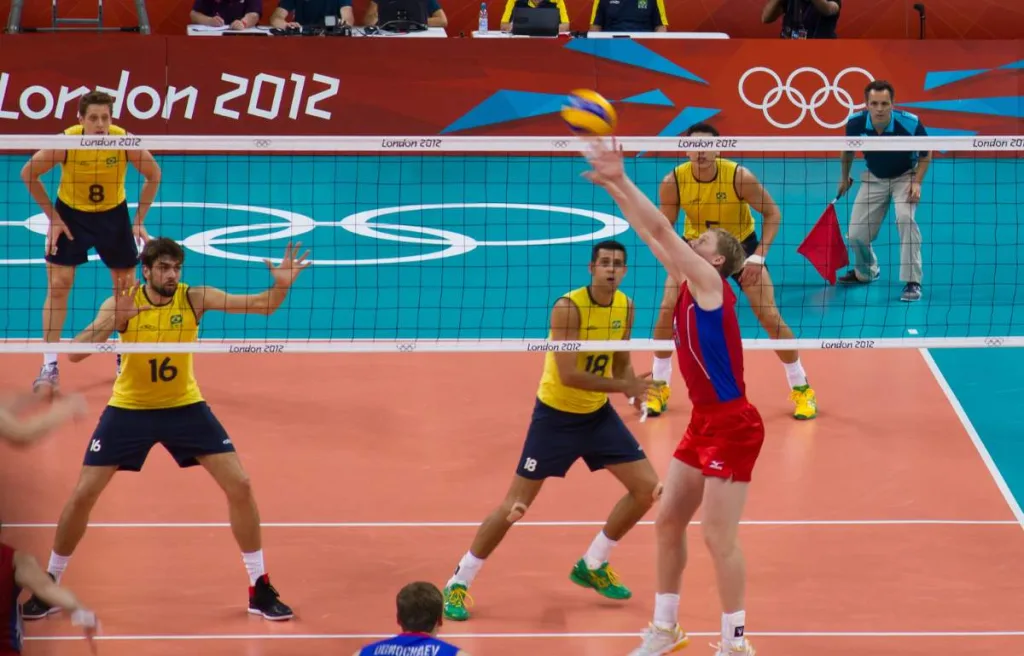
3) Restrictions on Actions
According to FIVB and various international volleyball regulations, liberos are not allowed to serve, block, or attempt to block.
However, you might notice liberos serving in certain domestic leagues in the USA.
These leagues often follow the USA Volleyball (USAV) libero serving rules.
One such USAV rule, # 19.3.1.3, specifies that a libero can serve when replacing the player in position 1.
It means the libero can serve after a rotation where they replace the back-right player (position 1).
However, if he were to serve again in the same set without following the correct rotation sequence, it would be marked as a rotational fault.
Another rule specifies that the libero can’t execute attack hits where the ball is above the net’s height.
All these variations add a layer of strategy to the libero’s use in a game.
4) Number of Liberos in a Volleyball Team
A team can have up to two designated liberos, but only one can be on the court anytime.
In specific high-level competitions, if a team’s roster has more than 12 players, it becomes mandatory to have two liberos.
This rule ensures that teams always have a defensive specialist available and can adapt to different playing styles and opponents.
It’s worth noticing that a team can only use a libero in a particular game if they have listed him on their lineup sheet.
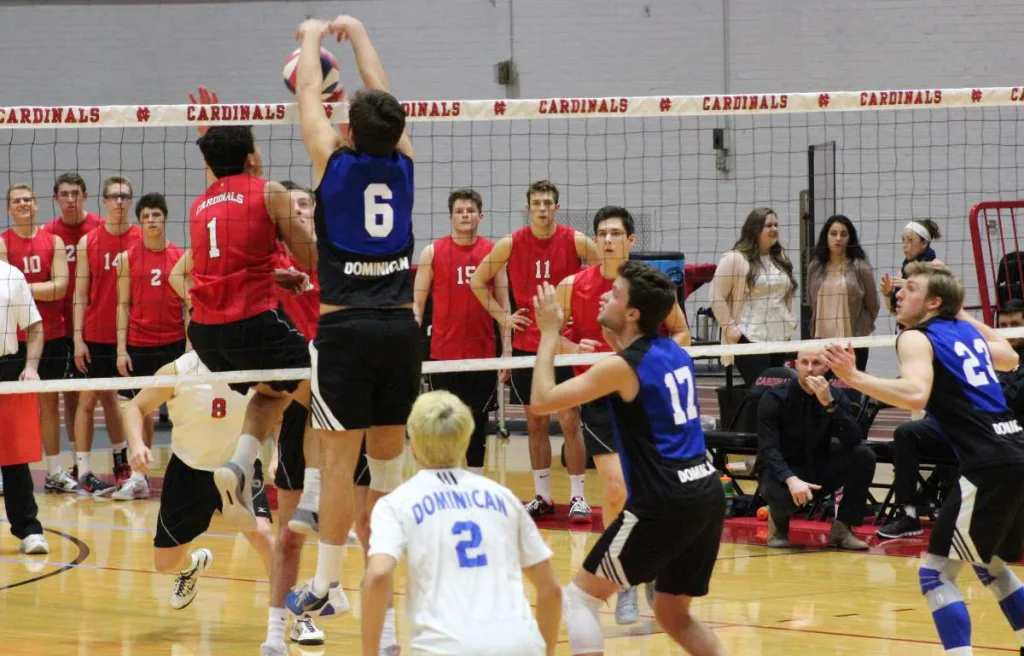
5) Volleyball Rotation Rules
The libero is strictly restricted to playing in the back row and can’t rotate to the front row.
Once the libero steps onto the court to replace a player, they must engage in at least one complete rotation or rally before another player can substitute them.
A fresh player cannot immediately take their place.
It means they must handle all defensive responsibilities in that area during this period.
This rule showcases the libero’s primary role in enhancing the team’s backcourt defense rather than engaging in front-row attacks or blocks.
6) Special Considerations
Regarding team leadership, the libero cannot be the team captain or vice-captain.
The purpose of implementing this rule is due to the libero’s frequent substitutions and specialized role.
His primary focus is coordinating the team’s defensive strategy only.
Is Libero a good Position in Volleyball? Pros and Cons
The libero position in volleyball has its unique set of advantages and challenges.
To become exceptional at your position, you must overcome those challenges and make them your strength.
Let’s start with some discussion of what advantages you can get as a libero:
- You can improve your defensive skills, especially in digging and passing. This specialization can make you an integral part of the team.
- Playing in this position requires an understanding of the game’s mechanics. This level of knowledge helps in developing quick decision-making.
- Unlike other positions on the team, you can substitute in and out without limitations, leading to more time on the court.
- Since you don’t participate in the row-front attacks as a libero, you face less physical strain than other positions. It is beneficial for longevity in the sport.
- A significant advantage of this position is the ability to see and communicate which spots are empty on the opponent’s side of the net. This helps you guide your hitters effectively and prepare them for the opponent’s next moves.
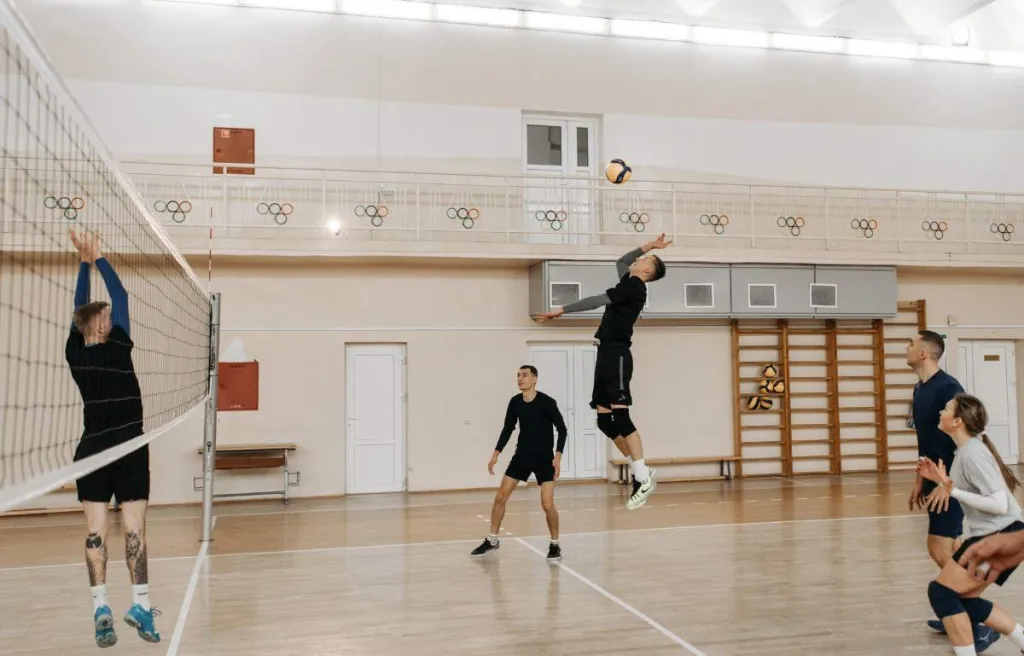
Like every volleyball position, there are also specific challenges and cons to the libero position.
Let me discuss a few of them that you can face as a libero:
- You might find this position restrictive if you’re passionate about attacking or blocking at the net. This role doesn’t include these aspects, which is limiting to players who enjoy a more offensive play style.
- The libero is central to the team’s defensive strategy, especially in crucial moments. This responsibility means dealing with significant pressure, as your actions can greatly influence the game’s outcome.
- In most professional leagues, liberos can’t serve. If serving is one of your strengths, this limitation could be a drawback, as you won’t be able to utilize this skill in official matches.
- Playing as a libero requires mental resilience. Even minor mistakes can shift the momentum to the opponent’s favor, so maintaining focus and overcoming errors is crucial for success in this role.
- While liberos don’t block or spike at the net, they work hard in the back of the court. They often dive and move quickly from side to side, which can be tiring, sometimes even more than other roles.
